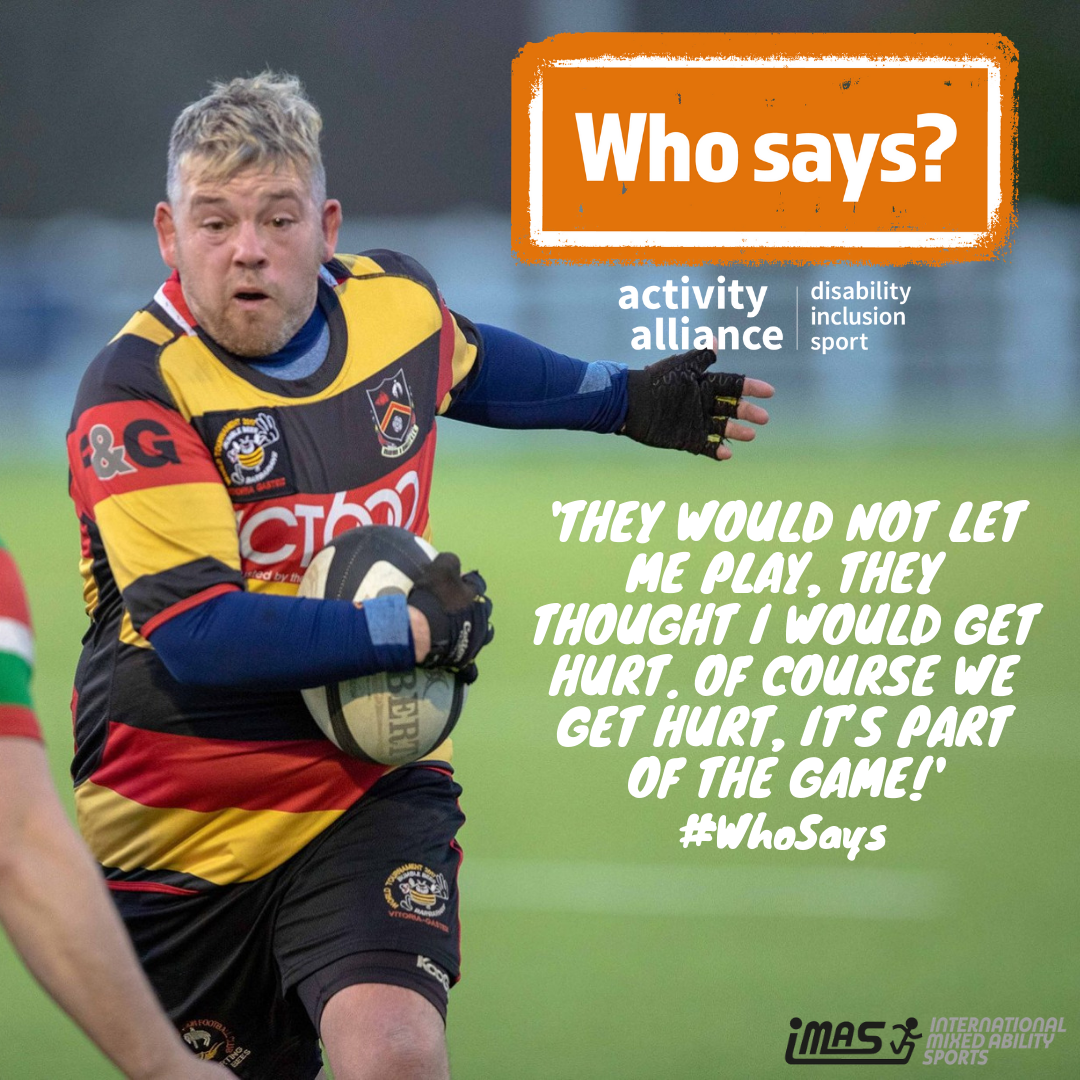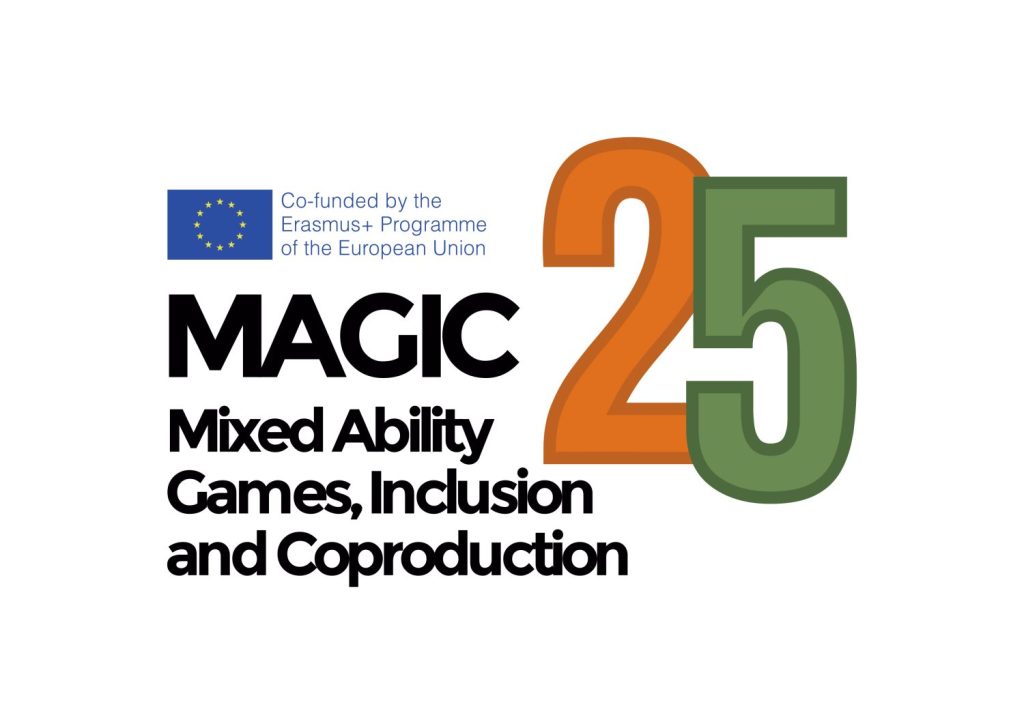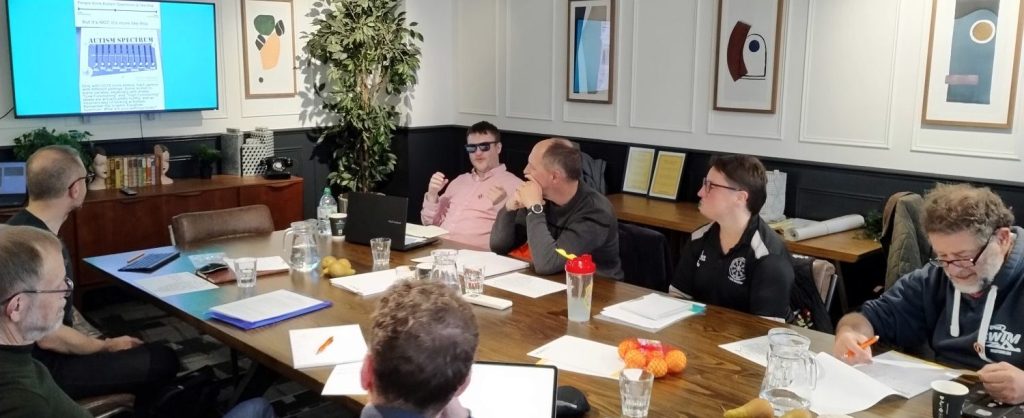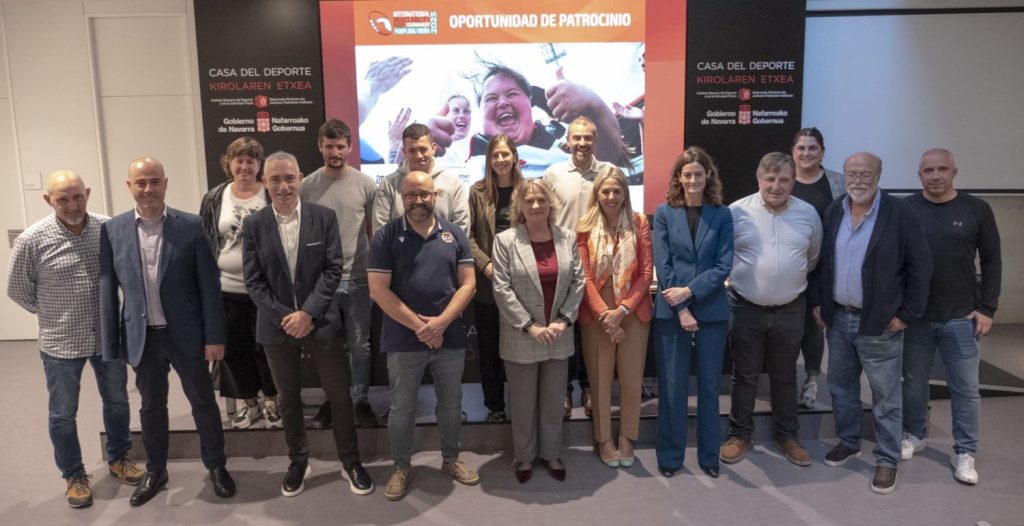Earlier this week we posted the latest #WhoSays misconception around disabled people’s inclusion within sport, specifically, ‘who says disabled people might get hurt?’ This concept clearly resonated with a lot of readers and at the time of writing has been shared 65+ times, reaching 9000+ people on Facebook alone. It is great to see such high levels of engagement in what can sometimes be a tricky area, particularly within Mixed Ability Rugby. As part of our work on England Rugby and Comic Relief’s ‘Try for Change’ project we are looking to raise both participation and awareness of Mixed Ability Rugby and the risk of injury is a common concern. Below we have detailed our reasons why we believe this risk is manageable and even necessary in the journey to full inclusion.
The Full Experience
As with all MA sports MA rugby is played to the same regulations as mainstream rugby with competition against local social sides encouraged to spread the MA model of inclusion. This ensures that MA teams remain within the mainstream structure and aren’t segregated to only play against other MA teams in a separate league. In England we have seen MA teams play fixtures against opposition from as high as National One whilst in Argentina Los Pumpas played against the national team, the Pumas! Once again, this rightfully raises questions about ensuring the safety of players and we have found a simple briefing prior to the game to be the most effective means to achieve a social yet competitive fixture. Utilising the ‘tackle who needs to be tackled’ ethos allows the contact intensity of a game to vary depending on the rugby-competency of the individual in possession. By playing mainstream opponents it allows for MA teams to access all of rugby’s many benefits be that physical on the pitch or social in the bar afterwards!
Duty of Care
On the infrequent occasions that we receive resistance to Mixed Ability Rugby, ‘duty of care’ is often cited as a reason that it can’t be delivered. This generally comes in the form of questions such as ‘don’t we have an increased duty of care to protect these players from injury?’ In short, the answer is no. As with any sporting activity the club and coach involved have a duty to deliver sport safely through effective preparations and safeguarding. However delivering sport ‘safely’ doesn’t mean that any element of risk must be eliminated. Whether playing rugby at Premiership level or in a friendly between two local Vets sides accidents are inevitable and an accepted part of the game. What is key is that all players understand the potential risks involved and then consent to participate. In order to ensure this IMAS have created an MA Rugby guide that details more common injuries seen within rugby such as accidental stud injuries and sprains.
‘Unwrapping the Cotton Wool’
For many disabled participants the opportunity to play full contact rugby will often be their first experience of playing contact sport. It is commonplace for parallel sports to be offered that remove any elements that can be considered dangerous, even if this is to the detriment to the sport itself. This very situation actually contributed to the creation of IMAS when back in 2009 Anthony Brooke, Bradford Bumbles founder and IMAS trainer, wanted to play rugby. As contact rugby was deemed ‘unsafe’ for Anthony due to his Cerebral Palsy he was offered Tag as a ‘safe’ alternative. However the tackling, rucking and mauling were the very elements that appealed most to Anthony and he therefore refused to settle for this ‘safer’ alternative. Ultimately this led to the formation of the Bumbles and subsequently the creation of IMAS in the run up to the first ever International Mixed Ability Rugby Tournament in Bradford in 2015. MA Rugby, and MA Sports in general, provide an opportunity to move away from the misconception that disabled people are a unique section of society that require protection and instead empowers them with the autonomy to decide what sport they would like to engage in.
Encouraging Independence
For players new to rugby stepping out onto a pitch to test yourself against 15 opponents for the first time is a daunting prospect, regardless of disability. However, from a player’s perspective when a coach sends you out onto the field it is a moment of immense pride as it illustrates that they trust you to participate both safely and competitively. By allowing players to participate despite risk it helps to build independence and confidence that can often spill into other areas of life. For example, we have seen how individuals who may previously have required support to attend training have gained the confidence to attempt another ‘risky’ activity in the form of travelling independently. In this instance whilst the risk is more likely to be ending up in the wrong place rather than injury the premise is the same and the confidence gained via rugby is transferable leading to a greater level of independence.
Overall it is our contention that whilst risk certainly isn’t to be celebrated it is necessary if we are to open all sports to the MA model. Sports must be offered ‘warts and all’ to participants in order for them to access the full array of benefits which we believe far outweigh the associated risks.
Mike Hawkes







A great piece guys, explains it very well. It’s often the people who have no experience of the game, the players and teams that try to build the barriers. Tackle those that need tackling.👍
One issue I see with the premise in “what is key is that all players understand the potential risks involved and then consent to participate” is that a good amount of the players currently on our “Inclusive” team are mentally disabled and may not fully understand the risks. We are just finishing up our 1st season of “Inclusive”rugby, where the 30 special needs players practiced and have played with and against our 20 coaches and volunteers. We moved forward with our non-contact/non-collision season staying with non-collision, but introducing limited contact in the rucks and tackles. We hope to progress this to a limited tackle, or as stated above, tackle those that need tackling. Thanks for moving this aspect of our great game forward.